-
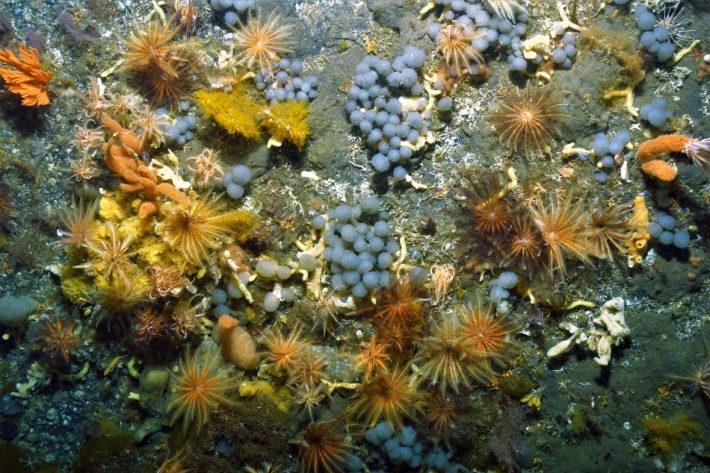
Biological traits
Software Tool/ResourceBiological traits analysis is a valuable tool for measuring ecosystem function -

Island Climate Update maps
Software Tool/ResourceNIWA Island Climate Update forecast maps -
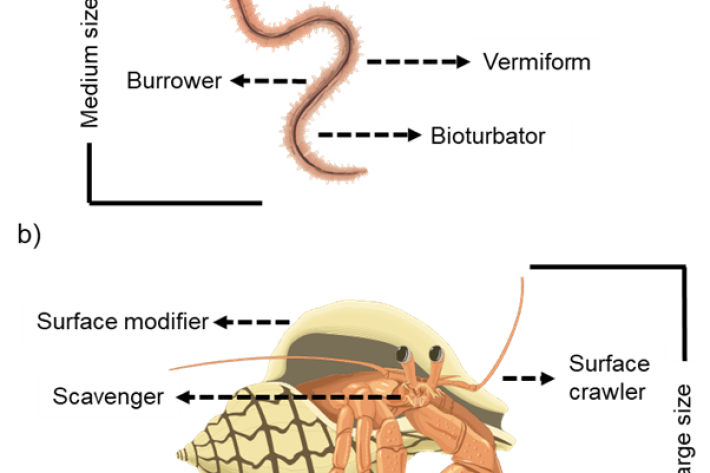
NZTD - The New Zealand Trait Database for marine benthic invertebrates
Software Tool/ResourceTraits are defined as the components of organisms that can be measured and have an effect on ecosystem functioning. Examples of traits include the behaviour, life history, morphology, and physiology characteristics -
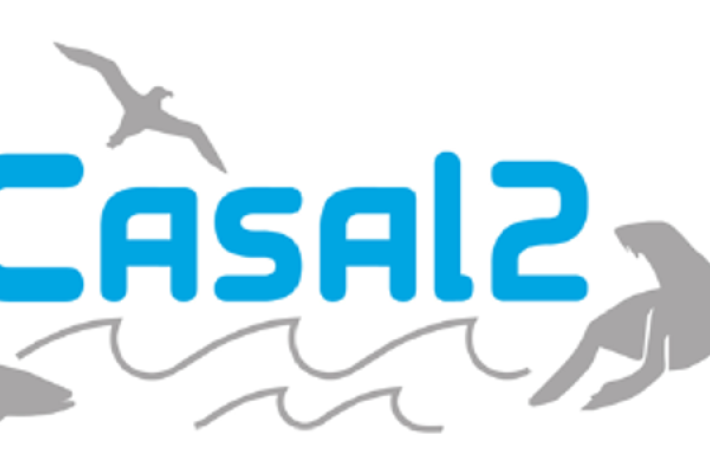
Population modelling software Casal 2
Software Tool/ResourceCasal2 is an advanced software package developed by NIWA for modelling the population dynamics of marine species. -
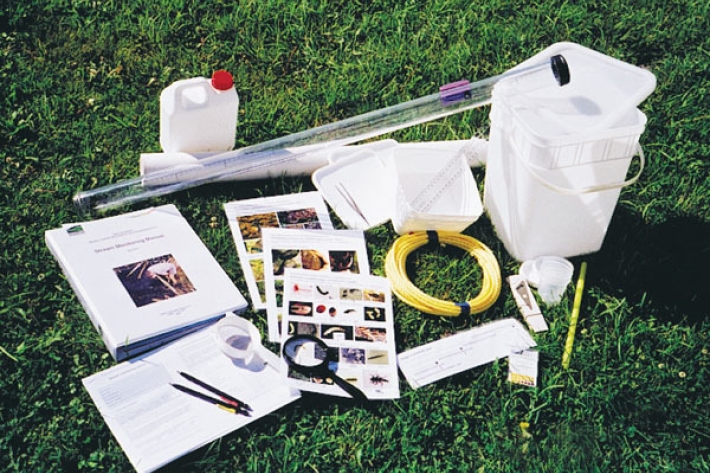
Stream Health Monitoring and Assessment Kit (SHMAK)
NIWA’s Stream Health Monitoring Assessment Kit (SHMAK) gives land owners, iwi, school and community groups simple, scientifically-sound tools and resources to monitor the ecological health of New Zealand’s streams. -
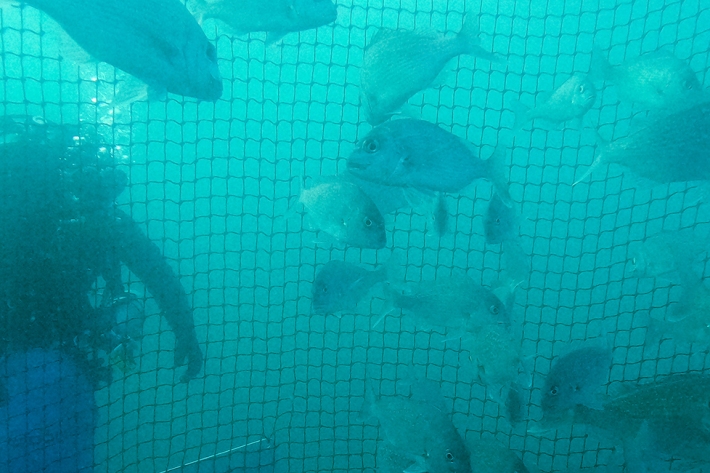
Fisheries stock assessments
ServiceTo get the most benefit from a fish stock in the long term, we need to maximise our yield without damaging the fish population we rely on. -

eDNA research and services
ServiceNIWA is active in a broad range of eDNA topics and can provide expert advice on applications and expected outcomes. -
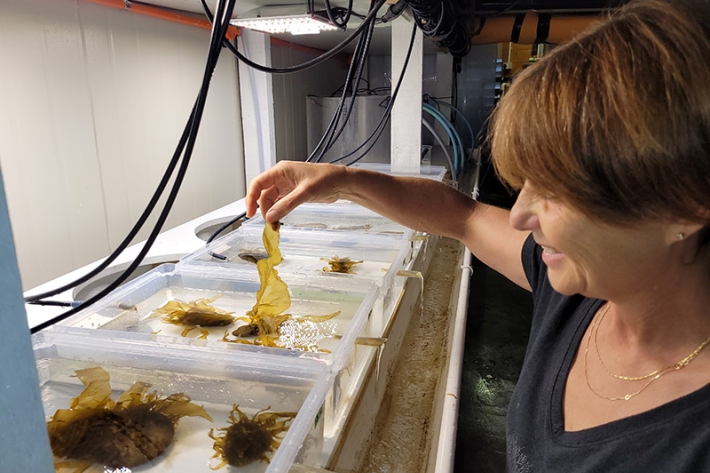
Seaweed research and services
ServiceNIWA has world-class expertise in marine macroalgae and extensive research on various aspects of seaweed ecology, growth and taxonomy. -

Ocean services
ServiceHow can we help you? -

Report: Trends analysis for selected indicators of Waikato River health and wellbeing 2010-2019
ServiceReport: Trends analysis for selected indicators of Waikato River health and wellbeing 2010-2019 -
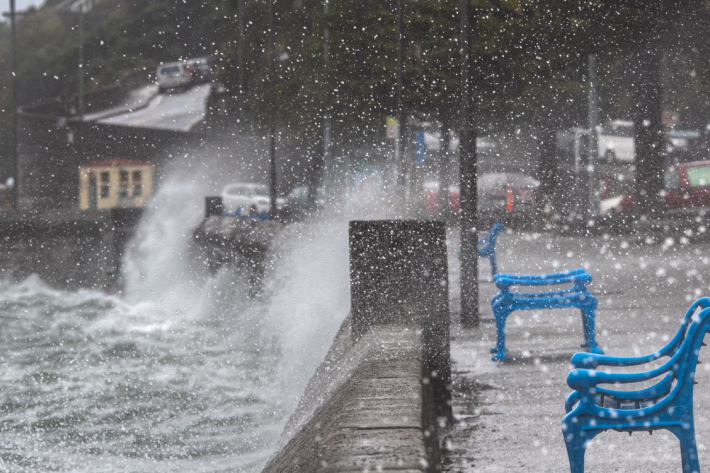
Storm surge and wave forecasting
ServiceWe combine capabilities in weather, wave, storm surge and tide forecasting with tide gauge observations. -

Serious games as a tool to engage people
ServiceNIWA is using serious games to look at problems holistically, support understanding and give a framework for adaptation decisions.
